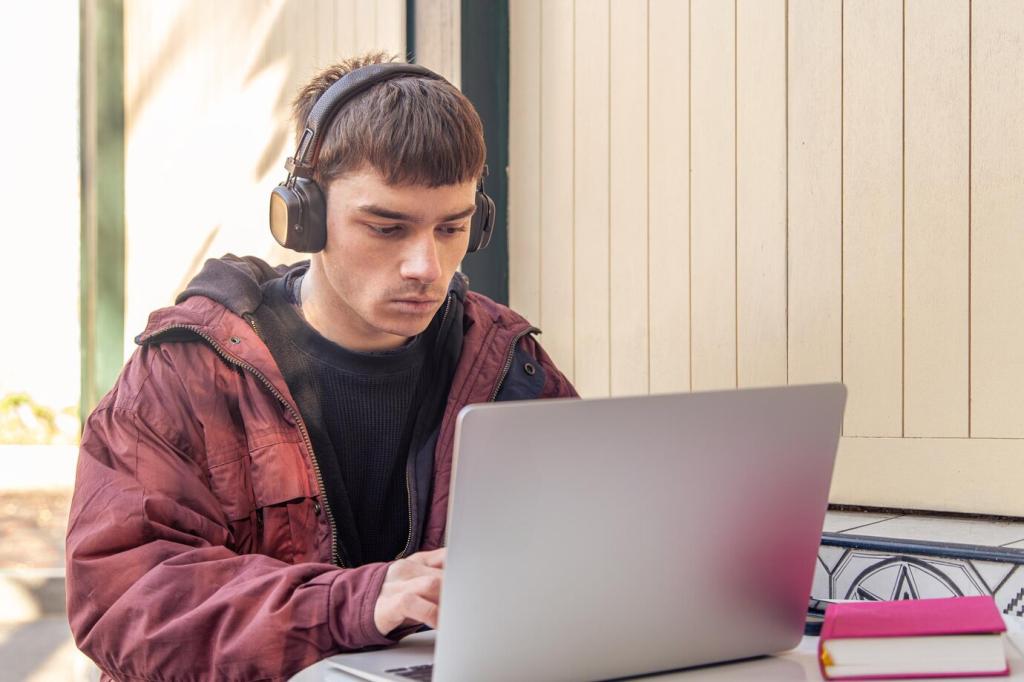Virtual Classrooms: Revolutionizing Online Education
Virtual classrooms have transformed the way education is delivered and received, bridging distances and breaking the conventional boundaries of learning. With the advancement of digital technologies, these innovative platforms offer dynamic, interactive and convenient educational experiences for learners of all ages and backgrounds. Embracing virtual classrooms means reimagining education with flexibility, inclusivity, and scalability, catering to the evolving needs of modern society.

The Evolution of Online Learning
The history of online learning dates back to correspondence courses, but virtual classrooms have exponentially accelerated how education is delivered. Instead of waiting for mail or browsing static content, today’s learners participate in live discussions, group work, and even collaborative projects in real time. Each participant can share ideas, solve problems collectively, and receive immediate feedback. This interconnectivity elevates the learning process, stimulating engagement and motivation among students who might otherwise feel isolated in self-paced, asynchronous formats. The transition signifies how far online education has come in fostering real interaction and overseeing holistic development.
Previous
Next
Benefits for Students and Educators
One of the greatest strengths of virtual classrooms is the flexibility they offer. Students can join lessons from anywhere with an internet connection, breaking down barriers related to geography, mobility, or time zone differences. This adaptability allows learners to balance education with family responsibilities, work commitments, or personal interests, fostering greater inclusivity for traditionally marginalized groups. Disabled students, in particular, benefit from accessible design features such as closed captions, screen readers, and alternative format materials, ensuring everyone can participate fully in the learning experience.

Overcoming Challenges in Virtual Learning
Bridging the Digital Divide
Not all students have equal access to high-speed internet, reliable devices, or conducive home learning environments. These disparities can impact participation and success in virtual classrooms. Schools and governments are increasingly recognizing the importance of digital equity and are investing in technology subsidies, lending programs, and public connectivity initiatives to ensure no learner is left behind. Community organizations and tech firms also play a critical role by providing training and support to families unfamiliar with navigating online platforms, helping bridge the gap and expand access to quality education.
Fostering Engagement in Remote Settings
Maintaining student engagement over digital platforms can be complex, especially when competing with the distractions of home life or multitasking on devices. Virtual classrooms must leverage gamified elements, collaborative projects, and interactive discussions to maintain interest and commitment from participants. Teachers are trained in online pedagogies that encourage active learning, such as flipped classrooms and project-based assignments, which require students to take initiative and collaborate. Regular check-ins, feedback sessions, and opportunities for social interaction help keep learners connected, motivated, and invested in their academic progress.
Ensuring Academic Integrity
Remote learning environments present new challenges for upholding ethical standards and academic honesty. With fewer physical controls in place, institutions have turned to a combination of technological and educational solutions to safeguard integrity. Proctoring software can monitor behavior during assessments, while plagiarism detection tools ensure originality in written work. Cultivating a culture of trust and ethical responsibility is equally important, with educators emphasizing the value of integrity and fair play. By combining policy, technology, and open dialogue, virtual classrooms can foster honest and meaningful learning experiences.
Technologies Powering the Virtual Classroom
Video Conferencing and Collaboration Tools
At the heart of most virtual classrooms are robust video conferencing solutions, which enable real-time interaction, presentations, and collaborative activities. These platforms often integrate chat functions, screen-sharing, and interactive whiteboards to replicate the dynamics of in-person lessons. Breakout rooms allow for small group work and personalized instruction, while recording features enable students to revisit content as needed. Collaboration tools extend beyond video calls, encompassing project management software, shared document editing, and discussion boards that keep academic communities vibrant and connected throughout the learning process.

Previous
Next
Redefining the Role of Educators
In virtual classrooms, the role of the teacher shifts from being a lecturer at the front of the room to a guide and facilitator in an interactive environment. Educators present content but also design activities that promote critical thinking, creativity, and collaborative problem-solving. Rather than simply imparting knowledge, they encourage students to explore concepts, ask questions, and seek solutions through guided discovery. Teachers leverage group discussions, case studies, and real-world projects to ensure learning is meaningful and contextual, fostering independence and lifelong learning skills in their students.
Success Stories and Case Studies
Virtual classrooms have been instrumental in reaching learners who previously lacked access to quality education due to location, resource limitations, or social barriers. For example, rural students in developing countries have connected with qualified teachers and world-class resources through internet-based platforms. Initiatives that pair online delivery with local support—such as community learning centers—have drastically improved literacy rates, job skills, and educational attainment. These stories underscore technology’s potential to close gaps and level the playing field for those historically left behind.

